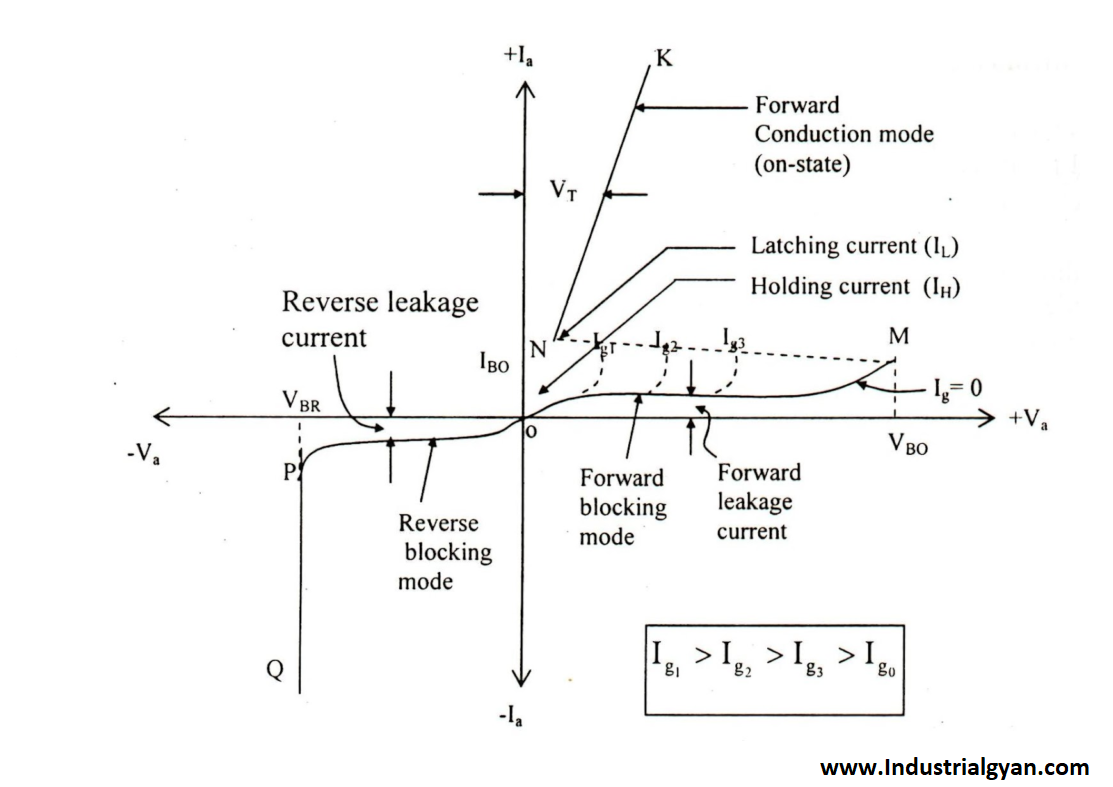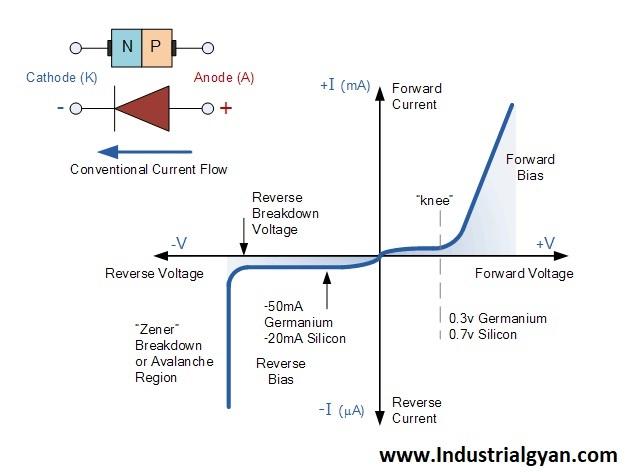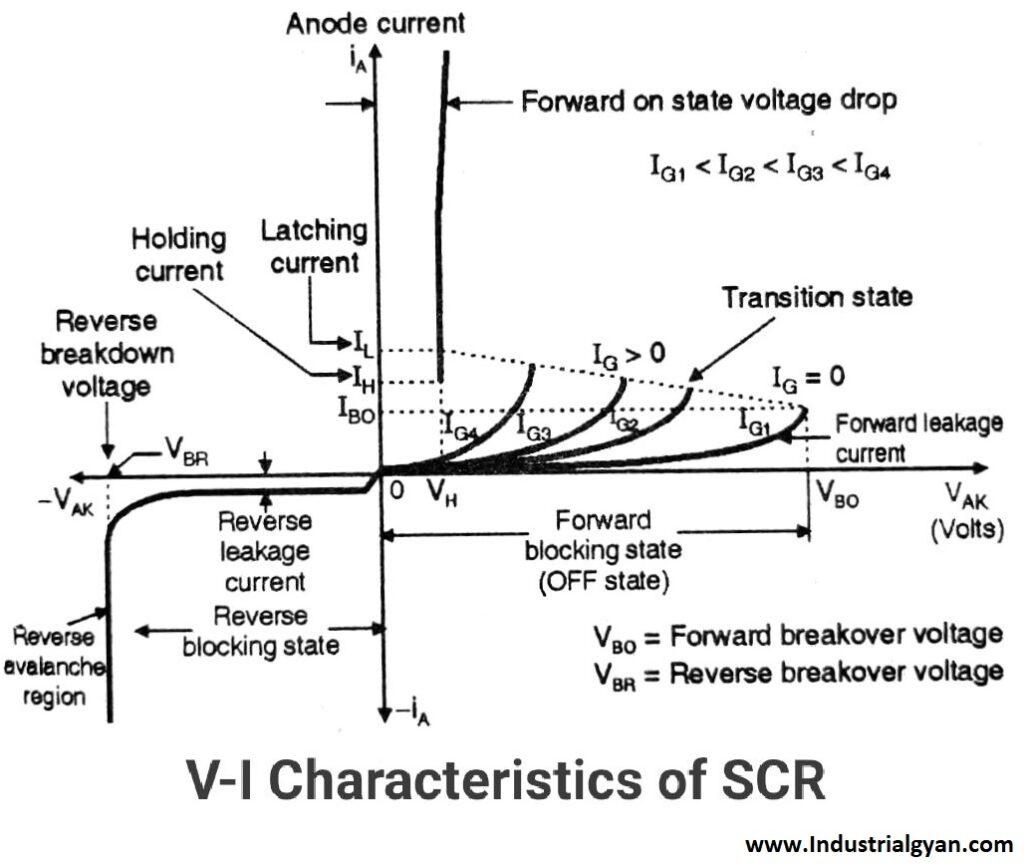Introduction
In the realm of electrical engineering, various concepts, and phenomena play a crucial role in the efficient functioning of systems. One such concept is latching current, which holds immense significance in electrical systems. In this article, we will explore the concept of latching current, its characteristics, applications, and its importance in ensuring the reliability and safety of electrical devices and equipment.
Table of Contents
- Introduction
- What is Latching Current?
- The Characteristics of Latching Current
- Understanding the Importance of Latching Current
- Applications of Latching Current
- Factors Affecting Latching Current
- Techniques to Control Latching Current
- Challenges in Dealing with Latching Current
- Future Trends in Latching Current Management
- Conclusion
- FAQs
1. Introduction
In electrical systems, the phenomenon of latching current plays a vital role in numerous applications. Understanding its behavior and impact is essential for engineers, technicians, and anyone involved in the design, maintenance, or troubleshooting of electrical circuits and devices.
2. What is Latching Current?
Latchings current refers to the minimum current required to maintain a relay or a switch in its energized state, even after the actuating signal is removed. It is the current threshold that ensures the relay remains closed or open, depending on its initial state, until a different signal is received.

3. The Characteristics of Latching Current
Latchings currents exhibit several notable characteristics:
- Persistence: Latchings currents persist even in the absence of the actuating signal.
- Reduced Power Consumption: As latching currents are typically lower than the actuating current, it helps conserve energy.
- Memory Effect: Latchings currents enable the relay or switch to “remember” its state until a new signal triggers a change.
- Sensitivity: The magnitude of the latching currents required can vary depending on the specific relay or switch design.
4. Understanding the Importance of Latching Current
Latchings current is crucial in electrical systems for various reasons:
- Reliability: By maintaining the relay or switch state without continuous application of an actuating signal, latchings currents enhance the reliability of the system.
- Energy Efficiency: The use of latchings currents reduces power consumption, leading to improved energy efficiency.
- Safety: Latchings currents helps prevent unintended changes in relay or switch states, minimizing the risk of malfunctions or hazardous situations.

5. Applications of Latchings Current
The concept of latchings currents finds applications in a wide range of electrical systems, including:
- Industrial Automation: Latching relays are commonly used in industrial control systems to maintain specific states, such as turning on or off motors, valves, or lights.
- Telecommunications: Latching switches enable the establishment and maintenance of connections in telecommunication networks.
- Automotive Electronics: Latchings currents play a role in automotive circuits, such as power window controls, door locks, and battery management systems.
6. Factors Affecting Latching Current
Several factors influence the magnitude and behavior of latching current:
- Coil Design: The design of the coil and its magnetic characteristics can impact the latchings current requirements.
- Contact Materials: The materials used for the relay contacts affect the contact resistance, which in turn affects the latching current.
- Environmental Factors: Temperature, humidity, and other environmental conditions can influence the behavior of latching currents.
7. Techniques to Control Latchings Currents
To effectively manage latching currents, engineers employ various techniques, such as:
- Current Limiting Resistors: Adding resistors in series with the coil helps regulate the latchings currents within the desired range.
- Magnetic Shunts: Magnetic shunts provide an alternate magnetic path, reducing the latchings current by diverting a portion of the magnetic field.
- Pulse Width Modulation (PWM): PWM techniques control the duty cycle of the actuating signal, effectively managing the latchings currents.

8. Challenges in Dealing with Latching Current
While latchings currently offers several advantages, it also presents challenges that need to be addressed:
- Sensitivity to Voltage Fluctuations: Variations in the power supply voltage can affect the latchings currents threshold, necessitating careful voltage regulation.
- Magnetic Interference: External magnetic fields can interfere with the latchings currents and cause undesired changes in the relay or switch states.
9. Future Trends in Latching Current Management
As technology advances, the management of latching currents is likely to witness significant developments:
- Smart Latching Systems: Integration of intelligent control algorithms and advanced sensors can optimize latchings current management.
- Energy Harvesting: Exploring methods to harness energy from the system itself to power latching circuits can enhance energy efficiency.
10. Conclusion
Latchings currents is a vital concept in electrical systems, providing reliability, energy efficiency, and safety. Understanding its characteristics, applications, and techniques for managing it is crucial for maintaining the optimal performance of electrical devices and ensuring their longevity.
11. FAQs
Q1: How does latchings currents differ from actuating current? Latchings currents is the minimum current required to maintain the relay or switch in its energized state while actuating current is the initial current needed to transition the relay or switch from one state to another.
Q2: Can latchings currents be adjusted according to specific requirements? Yes, latchings current can be controlled and adjusted using techniques like current limiting resistors, magnetic shunts, and pulse width modulation (PWM).
Q3: What are the risks associated with inadequate management of latchings current? Insufficient management of latchings current can lead to unintended changes in relay or switch states, causing malfunctions or potentially hazardous situations.
Q4: Are there any alternative methods to latchings current in electrical systems? While latchings current is widely used, there are alternative methods like continuous energizing or the use of feedback systems, depending on the specific requirements of the application.
Q5: How can latchings currents contribute to energy efficiency? Latchings current consumes less power compared to the actuating current, leading to improved energy efficiency in electrical systems.
Conclusion
In conclusion, latchings currents play a significant role in electrical systems, ensuring the reliable operation of relays and switches. By understanding its characteristics, applications, and effective management techniques, engineers can design and maintain efficient and safe electrical systems for various industries.
You can follow us on LinkedIn
You can also read the articles mentioned below:-

I am a highly motivated and skilled individual with a passion for Electrical engineering. I have 1 year of experience in Robotics and Electrical engineering, which has allowed me to develop a strong set of skills in PLC, Painting Robots, SCADA. I am a quick learner and am always looking for new challenges and opportunities to expand my knowledge and skills. I am a team player and enjoy working with others to achieve a common goal. Successfully completed many projects for a various clients in the automobile sector.
Thank You

